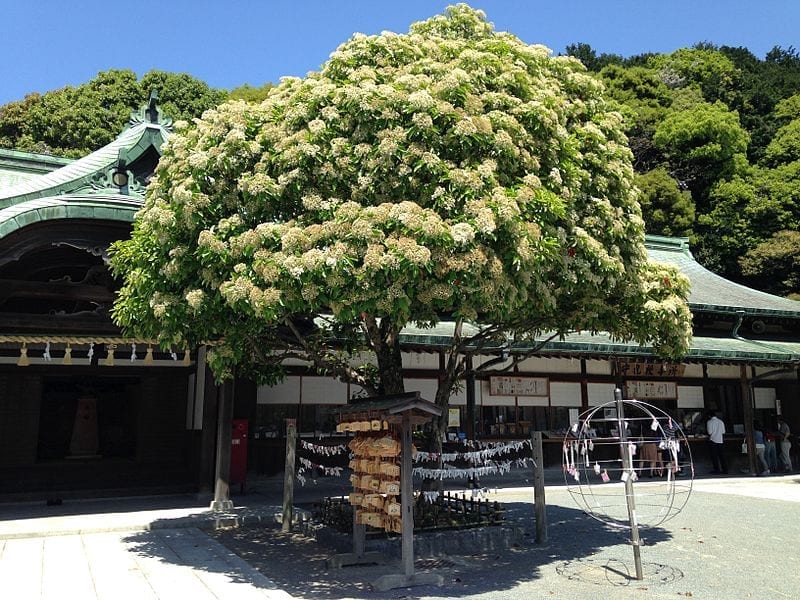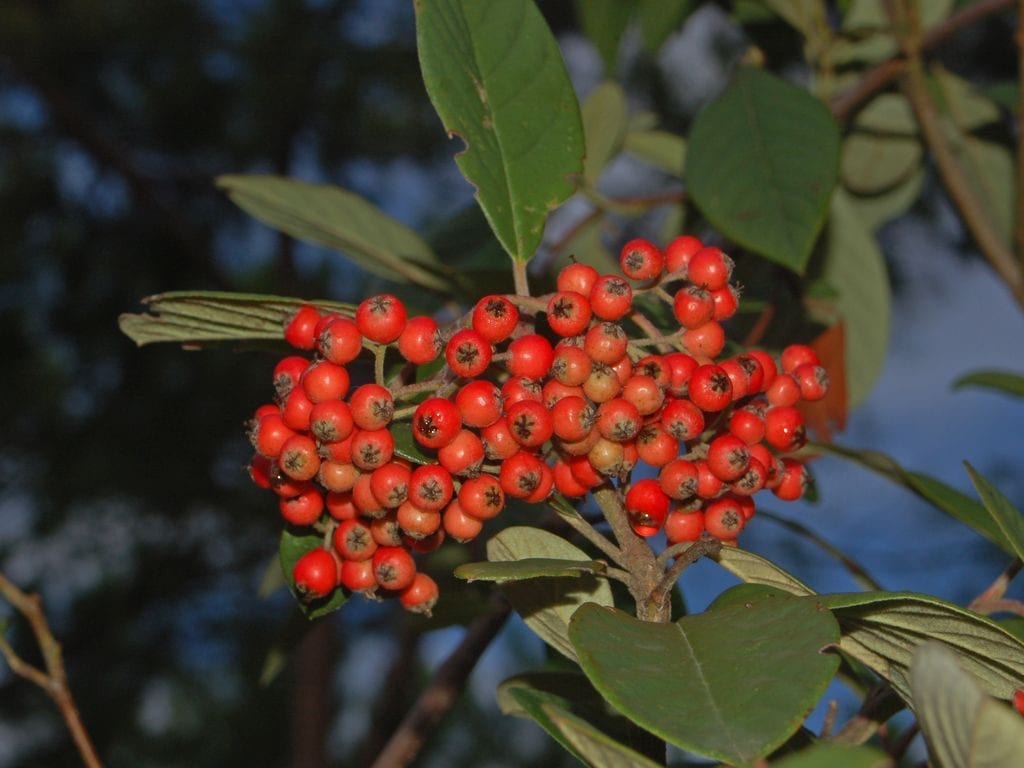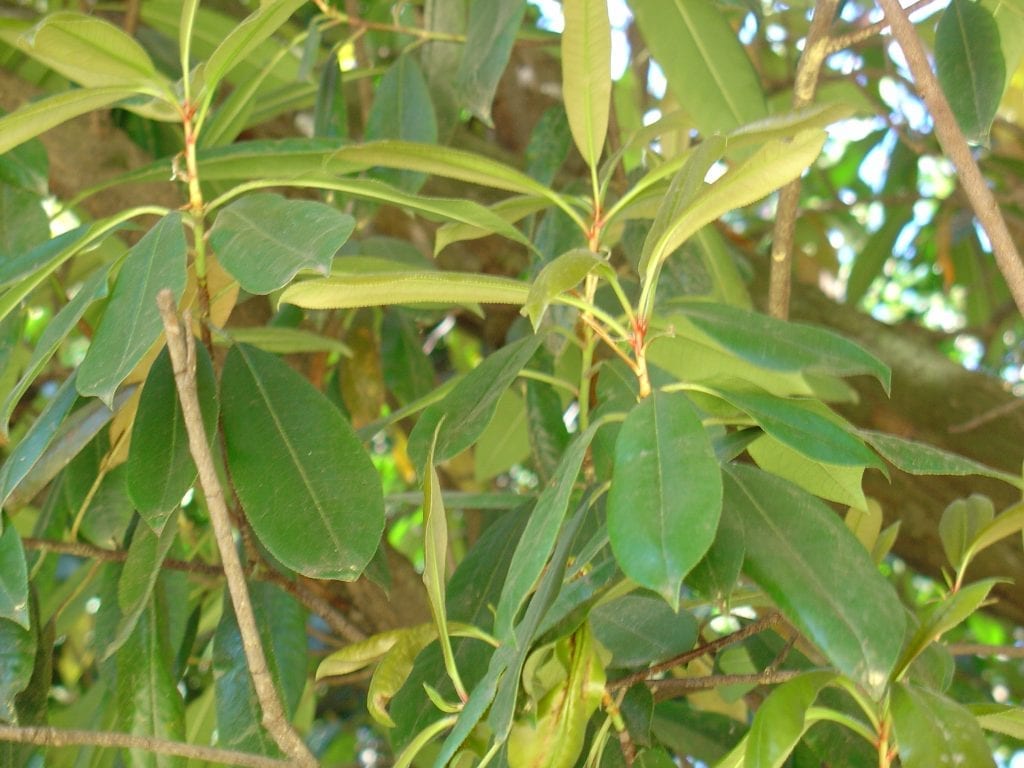
Image - Wikimedia / Soramimi
La Photinia serrulata It is the garden plant par excellence: it is a beauty that you can shape as a hedge, a tree or a tree, and that you can have both in a container decorating the patio and on the ground. As if that were not enough, it resists frost and produces really decorative flowers.
But… Do you know how to take care of it? If you have doubts, don't stop reading 🙂.
Origin and characteristics

Image - Wikimedia / Amada44
Our protagonist is an evergreen tree native to Japan, China and Formosa whose scientific name is Photinia serrulata (the previous one is also still used, Photinia serratifolia). It is popularly known as fotinia, and it is a plant that It reaches a height of 10 meters, but the normal thing is that it stays at 2 to 4m.
Its trunk is erect, with a certain tendency to lean, and its cross is low, which means that it branches from far below. The leaves are alternate, simple, oblong or oval, with a serrated edge, pointed at a point, and 10-18cm long. They are green, except when they are new which are red.
The flowers are hermaphroditic, white, 6-10mm wide, and appear grouped in inflorescences in the shape of spikes 10-16cm wide. Blooms in spring. The fruits are globose, measure about 6mm in diameter and are red.
What are their cares?

Image - Wikimedia / Retama
If you want to have a copy of Photinia serrulata, we recommend that you provide the following care:
- Location: it must be outside, in full sun.
- Earth: grows in all types of soils, preferring those with good drainage. In a pot it is advisable to put a first layer of volcanic clay, perlite or similar and then fill it with universal culture substrate.
- Irrigation: about 3 or 4 times a week in summer, and about 2 times / week the rest of the year.
- Subscriber: advisable to pay in spring and summer with Organic fertilizers, once every 15 or 30 days.
- Multiplication: by seeds and cuttings in late winter.
- Pruning: late winter. Diseased, weak or broken branches must be removed, and those that are having excessive growth must be trimmed.
- Rusticity: resists cold and frost down to -18ºC.
What did you think of Photinia serrulata?